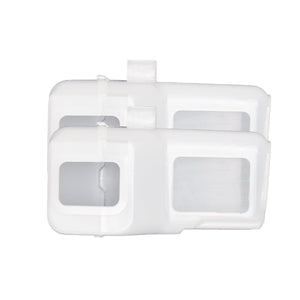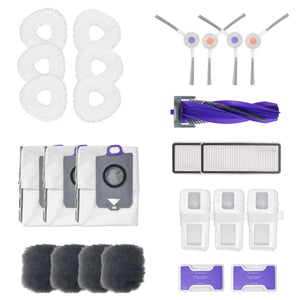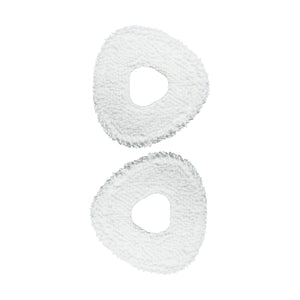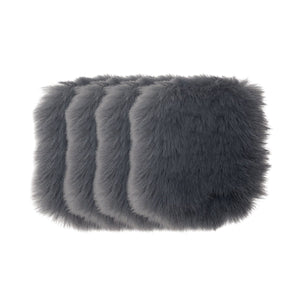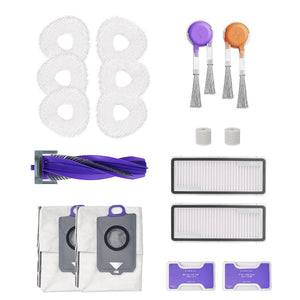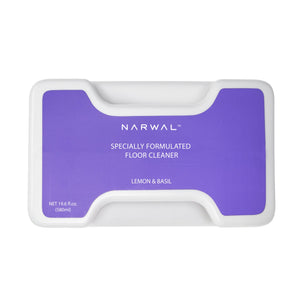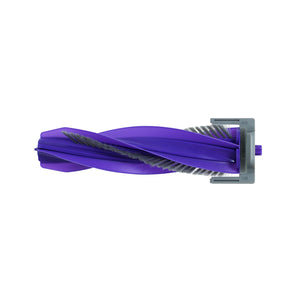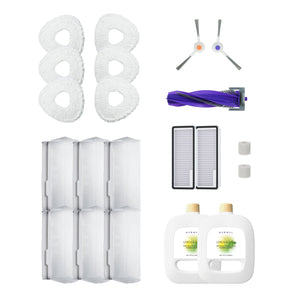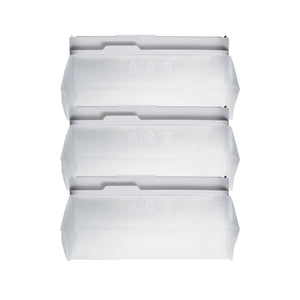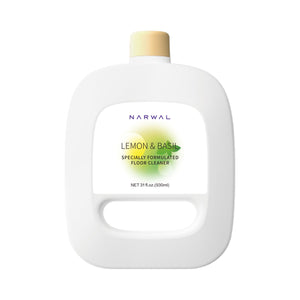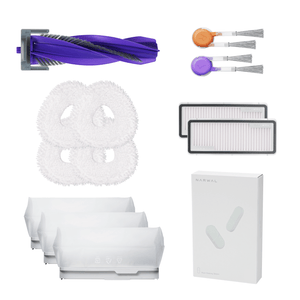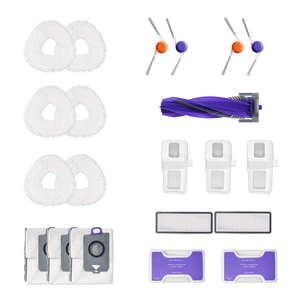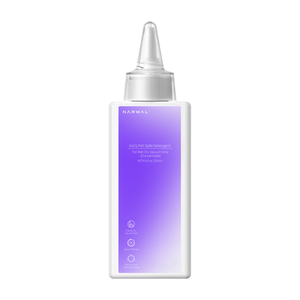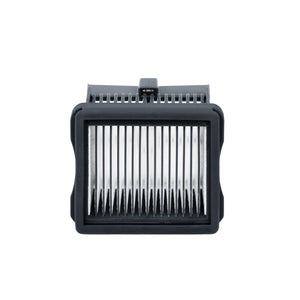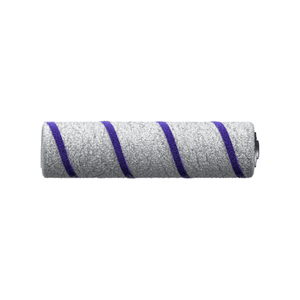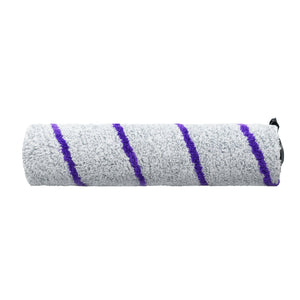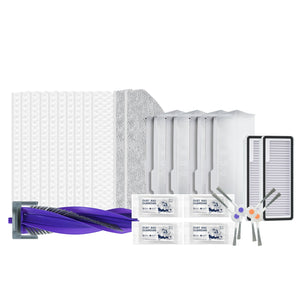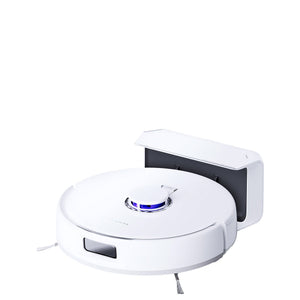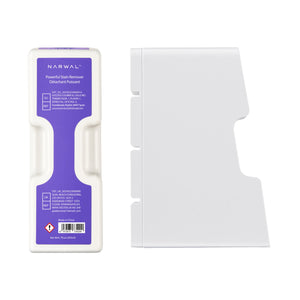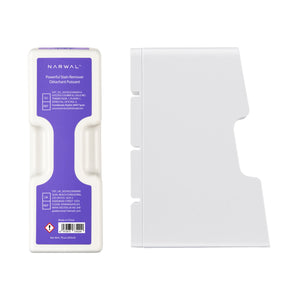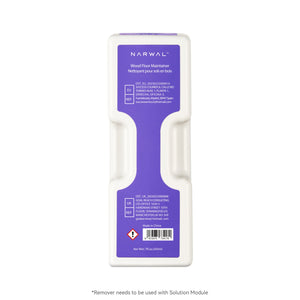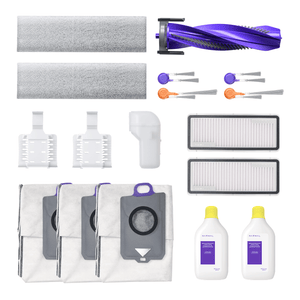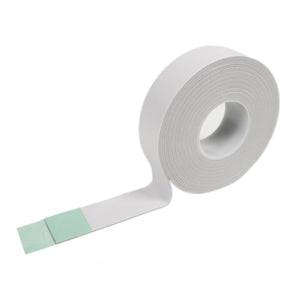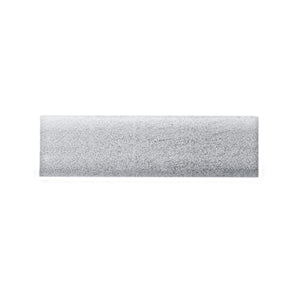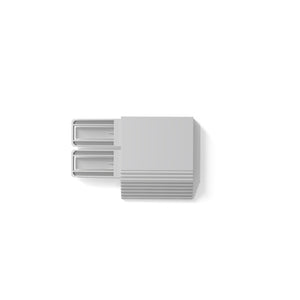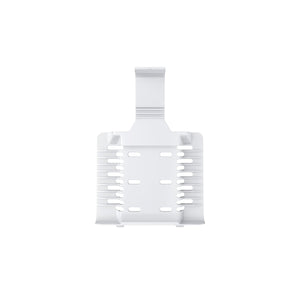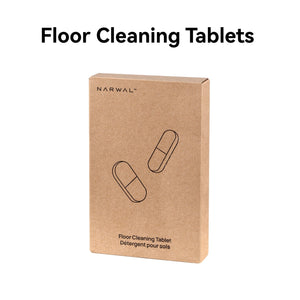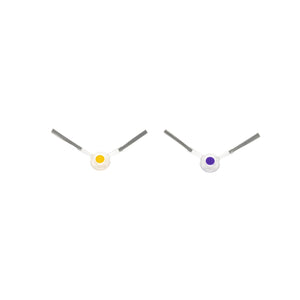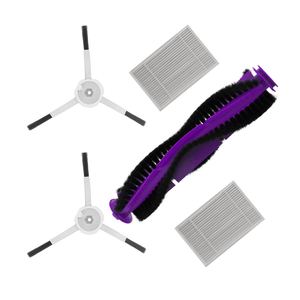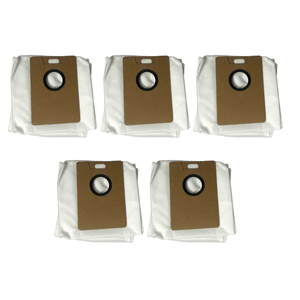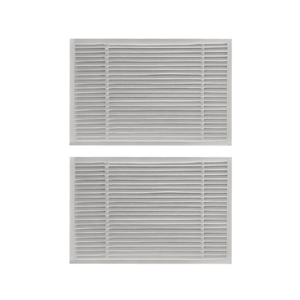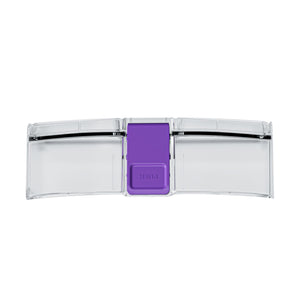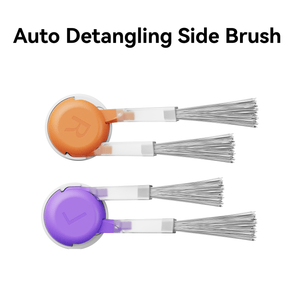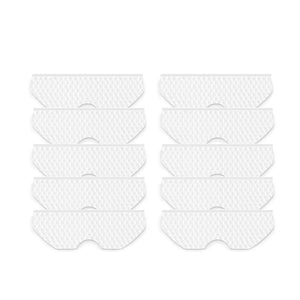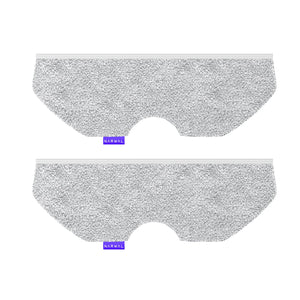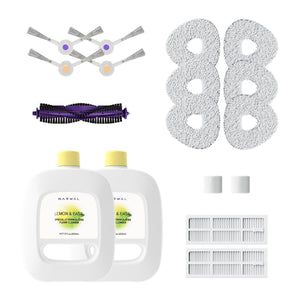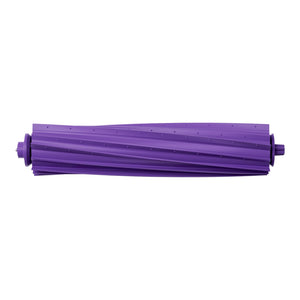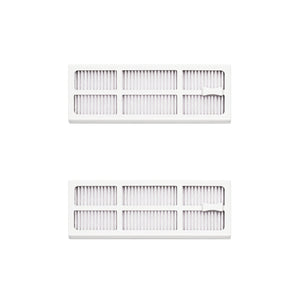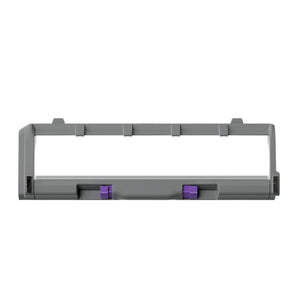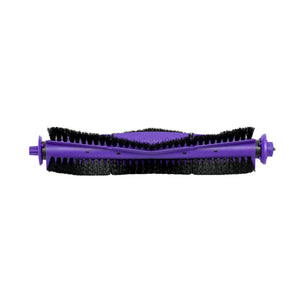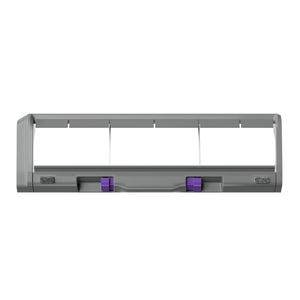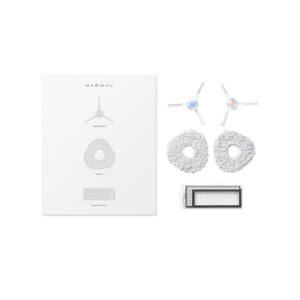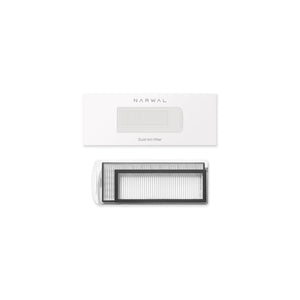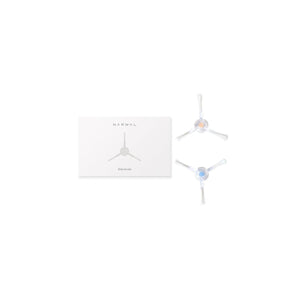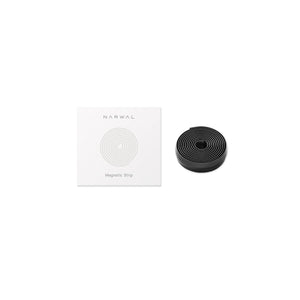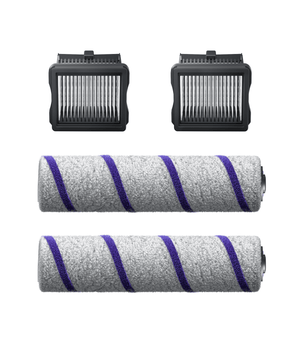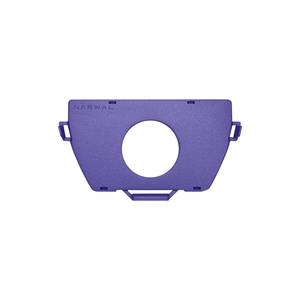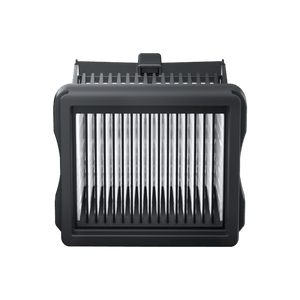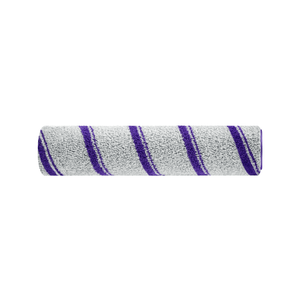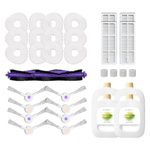Having trouble cleaning corners, pet hair, or high shelves? You’re not alone—some areas are just hard to clean with a standard vacuum.
A vacuum attachment is a tool that connects to your vacuum cleaner to make cleaning easier. It’s designed for specific tasks, like cleaning carpets, reaching tight spots, or dusting delicate surfaces.
In this guide, you’ll learn how these attachments work, how to choose the right ones for your home, and how to keep them in good shape. Cleaning becomes faster, easier, and more effective with the right tools.
What Are Vacuum Attachments and Why They Matter?
Vacuum attachments are specialized tools that connect to your vacuum cleaner to help tackle specific cleaning tasks more effectively. Unlike the standard vacuum head, which is designed for general use, these attachments target particular surfaces or problems—such as deep-pile carpet, dusty corners, or delicate furniture. Most vacuums come with a few basic accessories, but using the right attachment for each job can dramatically improve cleaning results.
Common Cleaning Problems Attachments Solve
Standard vacuum heads can’t do it all. Ever tried cleaning between your car seats, removing pet hair from the couch, or reaching cobwebs in ceiling corners? Attachments exist to solve these everyday challenges. The right tool helps you:
-
Reach into narrow gaps or under furniture
-
Remove embedded pet hair from upholstery
-
Dust delicate surfaces without scratching
-
Avoid damaging hardwood or sensitive floors
Attachments make your vacuum more versatile—turning one machine into a complete cleaning system.
Why Using the Right Attachment Saves Time and Effort
With the proper tools, cleaning doesn’t just get easier—it gets smarter. Vacuum attachments are designed for efficiency:
-
You spend less time on each task
-
Surfaces are cleaned more thoroughly with fewer passes
-
You protect furniture and flooring from wear
-
You minimize dust and allergens by cleaning more precisely
Instead of fighting your vacuum, attachments let you work with it—streamlining your entire cleaning routine.
10 Types of Vacuum Attachments and Their Uses
From narrow crevice tools to motorized carpet brushes, vacuum attachments come in many forms. Let’s walk you through 10 common attachments one by one. You’ll learn what they look like, where they connect to your vacuum, and how to use them for the best results in your home.

Airflow Brush
The airflow brush is a narrow vacuum attachment designed for tight or awkward spaces, using focused suction to clean crumbs and dust from hard-to-reach areas. It attaches to the vacuum's hose or wand. This brush is designed to concentrate airflow into a narrow path, making it easier to remove dust and crumbs from tight spots like between car seats, sofa cushions, or corners of stairs. To use it, connect it to the hose, then glide it slowly over fabric or confined surfaces for gentle but focused suction.
Dust Brush
The dust brush is a soft-bristled vacuum attachment ideal for gently removing dust from delicate surfaces like blinds, lampshades, or picture frames. It connects to the vacuum wand and is typically used with low suction. The bristles loosen dust from delicate items like lampshades, blinds, and picture frames, while the vacuum gently pulls it away. It’s ideal for electronics, decorative objects, or anything that can scratch easily. Simply sweep the brush over the surface in light, circular motions.
Floor Brush
The floor brush is a wide vacuum accessory made for cleaning hard surfaces such as tile, wood, or laminate without scratching them. It replaces the standard vacuum head and is designed for use on hard surfaces like wood, tile, or laminate. The bristles sweep while suction pulls in debris. You attach it to the wand or hose, then push it gently across the floor. It’s built to avoid scratching, especially on delicate finishes.
Upholstery Brush
The upholstery brush is a fabric-specific vacuum tool designed to remove pet hair, dust, and debris from couches, chairs, and mattresses. It connects to the vacuum hose and is used for cleaning fabric-covered furniture, such as couches, mattresses, and chairs. Drag it firmly over surfaces to lift embedded pet hair, lint, and dust. It’s especially helpful on textured or woven fabrics.
Turbo Brush
The turbo brush is a powerful vacuum attachment with a rotating cylinder that agitates carpet fibers to remove embedded dirt from rugs and high-traffic areas. It attaches to the vacuum’s wand or hose and is powered by airflow or a motor. As suction pulls in air, the brush spins to agitate carpet fibers and lift deep dirt. It’s best used on carpets or rugs in high-traffic areas. Move it slowly across the surface to let the bristles work through the pile.

What’s the Difference Between These Brushes?
These vacuum brushes may look similar, but they’re made for very different jobs:
-
Airflow Brush has no bristles. It uses focused suction to clean tight or awkward spots.
-
Dust Brush has soft bristles and is gentle—best for delicate items.
-
Floor Brush is wide and soft, designed for smooth floors without causing scratches.
-
Upholstery Brush is firmer and meant for fabric. It grabs hair and dust from sofas and cushions.
-
Turbo Brush spins to clean deep into carpets. It’s the most powerful of all.
Each brush is designed with a different surface or problem in mind—using the right one makes cleaning faster and more effective.
Crevice Tool
The crevice tool is a slim, angled vacuum attachment used to reach into tight spaces like between furniture, along baseboards, or inside window tracks. It connects directly to the vacuum hose or wand. Its slim design allows you to reach into deep, narrow gaps, like between the wall and refrigerator, along baseboards, or inside window tracks. Hold the tool firmly and run it along tight seams to remove dust and hidden debris.
Extension Wand
The extension wand is a vacuum accessory that extends your reach vertically or horizontally, helping you clean ceiling corners, fan blades, or under beds. It connects between the hose and any other tool or head. Its purpose is to extend your reach vertically or horizontally. Use it to clean ceiling corners, fan blades, curtain rods, or under furniture. You can also connect two wands for extra height.
Base Station Dust Bags (for Auto-Emptying Models)
Base station dust bags are sealed vacuum accessories that collect dirt from robot vacuums’ docking stations, keeping dust contained and disposal mess-free. When your robot vacuum empties its internal bin into the base, the bag traps dust and keeps odors contained. Though not used for active cleaning, these dust bags are essential for hands-free maintenance. Replace every 2–4 weeks to maintain hygiene.
Washable Carpet Tape
Washable carpet tape is a reusable vacuum tool designed to scrub edges of carpets where regular attachments can’t reach, especially near walls. It's flexible and textured, designed to scrub the edges of carpets, especially along walls and in corners where standard brushes miss. It can be rinsed and reused after each session. Press it firmly into carpet edges and run it slowly to loosen stuck-in dirt.
HEPA Filter
The HEPA filter is a rectangular or circular cartridge placed inside the vacuum body, often near the air exhaust. It’s made of tightly woven fibers that trap allergens like pollen, pet dander, and fine dust. The filter helps clean the air before it's released back into your home. Depending on the model, it should be replaced or rinsed regularly.
What Vacuum Attachments Are Most Useful for My Home?
The best attachments depend on your home’s needs. For homes with pets, Upholstery Brushes and Turbo Brushes are essential. For hard floors, a Floor Brush is best, and for carpets, Turbo Brushes and Crevice Tools are ideal. If allergies are a concern, don’t forget HEPA Filters.
Best Dusting Attachments for Delicate Surfaces and Tight Spaces
Dusting attachments are essential vacuum accessories designed for fine control and gentle cleaning. Whether you're tackling fragile surfaces like lampshades and electronics or tight spaces like window tracks and bookshelves, the right dusting tool makes all the difference.
Dusting Brush
This soft-bristled attachment is ideal for gently removing dust from delicate surfaces such as picture frames, shelves, blinds, and furniture. Its circular design allows you to glide over curved or detailed areas without scratching.
Feather Duster Vacuum Attachment
Combining the reach of a feather duster with vacuum suction, this attachment is perfect for high-up areas like ceiling fans, curtain rods, and cabinet tops. It collects dust while preventing it from spreading back into the air.
Mini Dusting Brushes
Smaller versions of standard dusting tools, mini brushes are great for precision cleaning. Use them to remove crumbs and debris from tight corners, computer keyboards, or small appliances.
Airflow Brush for Upholstery
This brush uses narrow airflow channels to clean between fabric folds and tight gaps. It’s particularly useful for couches, car interiors, and hard-to-reach upholstery crevices.
Anti-Tangle Roller Brush for Pet Hair
For homes with pets, dust often mixes with fur. This specialized brush lifts fine debris from soft surfaces while preventing hair from wrapping around the bristles.
Using the right dusting attachment reduces surface damage, improves air quality, and makes your vacuum more effective in sensitive or hard-to-reach areas. For best results, match the tool to your surface type and clean your attachments regularly to maintain suction and hygiene.
How to Choose the Right Vacuum Attachments for Your Cleaning Needs

Once you understand what each attachment is, the next step is knowing how to choose the right ones for your home. Choosing well isn’t about using the most tools—it’s about matching the right tool to the job, the surface, and the way you clean. Below are expert recommendations based on different cleaning scenarios.
Carpet vs. Hard Floor Attachments
For carpeted areas, choose tools that stay in constant contact with the surface. Motorized brushes with flexible bristles work best, and wide tools help cover more ground in larger rooms. On hard floors, precision is more important. Look for attachments with soft bristles that glide smoothly without leaving marks. Slim heads are ideal for tight spaces and under furniture.
Best Tools for Homes with Pets
Durability and ease of cleaning are crucial for homes with pets. Avoid tools with tight seams where hair can get stuck. Choose attachments that are easy to open and clean, like those with removable brush rolls. For heavy shedders, it’s better to have separate tools for daily and weekly cleaning. Two or three reliable tools that are easy to maintain are better than many complicated ones.
Allergy-Safe Accessories for Sensitive Spaces
For allergy control, focus on dust containment. Attachments with good seals and HEPA filters prevent particles from escaping. Tools that don’t stir up dust are essential, like soft-bristled dusting brushes. For precise cleaning, use slim crevice tools and upholstery attachments that reach corners and vents without spreading allergens.
Special Attachments for Hard-to-Reach Areas
For cleaning ceilings, window tracks, and tight corners, choose attachments that fit these spaces and allow you to clean at odd angles. A flexible hose or extendable tube helps you reach high spots easily. A narrow, long crevice tool works well for tight corners, while a soft-bristled brush gently lifts debris from delicate surfaces.
Matching Tools to Cleaning Frequency
For daily cleaning, choose lightweight tools that are easy to attach and store. A quick-release system is helpful for switching attachments quickly. For weekly or deeper cleans, opt for more powerful tools with larger, motorized heads. These tools may be heavier but will provide a deeper clean. Focus on durability so your tools last longer.
Vacuum Attachment Maintenance and Care
Choosing the right vacuum attachments is only part of keeping your cleaning system effective. To maintain performance over time, your tools also need regular care.
Let’s talk about how to properly clean and maintain your attachments and how to recognize when they’re no longer doing their job. Good upkeep keeps your vacuum working at full power and prevents you from replacing parts too soon.

How to Clean and Maintain Your Attachments
After each use, check your attachments for visible debris. Remove tangled hair, especially from brushes and rotating parts. For washable attachments, such as turbo brushes and upholstery tools, rinse with warm water and a non-abrasive detergent. Never soak motorized parts. Let everything dry completely before reattaching to avoid mold or odors.
Inspect attachments once a month for wear. Pay attention to bristles. If they’re bent, frayed, or uneven, they can no longer clean effectively. Check seals and connectors as well—cracks or loose fittings can cause air leaks.
Cleaning your tools regularly prevents blockages and helps maintain airflow, which directly affects your vacuum’s suction and cleaning results.
When to Replace Worn-Out Attachments
Even with proper care, all attachments wear out over time. The most common signs that it’s time to replace them include:
-
Bristles that are worn down, soft, or no longer make proper contact with the surface
-
Filters that are visibly clogged or release dust when tapped
-
Dust bags that are torn or have reached capacity and no longer seal properly
As a general guideline:
-
Replace brushes every 6 to 12 months, depending on use frequency
-
Change HEPA filters every 6 months
-
Replace dust bags when they are full or every 90–120 days
Timely replacement ensures your vacuum keeps running smoothly and hygienically.
Can I Use Universal Attachments on All Vacuums?
Not all vacuum attachments are universal—and assuming they are is a common mistake. While some basic tools may fit across multiple brands, others are specifically designed for certain models. Using an incompatible attachment can reduce suction, cause air leaks, or even damage your vacuum over time.
Why Aren’t All Attachments Universal?
Attachments vary by:
-
Connection type (such as clip-on, button-lock, or friction-fit)
-
Hose or wand diameter (common sizes include 1.25", 1.375", and 1.5")
-
Brand-specific locking mechanisms (some brands like Dyson or Miele use proprietary fittings)
Even attachments that look similar might not create a secure seal. A poor fit can reduce airflow or make the tool fall off during use.
How to Check Compatibility Before Buying
To ensure a good fit:
-
Know your vacuum’s brand and model number
-
Measure the inner and outer diameter of your hose or wand
-
Look for labels like “Fits most 1.25-inch vacuums”
-
Consider universal kits that include multiple adapters
Some manufacturers also sell adapters separately if you want to use tools from other brands. But when in doubt, choose attachments that are specifically designed for your vacuum model.
Need Help Finding the Right Fit?
Narwal offers vacuum attachments and accessories optimized for our devices. Always check product details to ensure compatibility.
What Are the Most Useful Vacuum Attachments?
That depends on your needs. For pet hair, the upholstery brush and turbo brush are essential. For hard floors, a floor brush works best. For corners or tight spaces, use a crevice tool. The HEPA filter is great for allergy control.
Can I Use Vacuum Attachments on Any Model?
Not always. While some attachments are designed to fit standard hoses, many vacuums use brand-specific fittings. Always check your vacuum’s model, size, and connection type before buying new accessories.
How Often Should I Clean or Replace Attachments?
Wash brushes and tools every few uses, especially if they collect hair or dust. Replace brushes every 6–12 months, HEPA filters every 3–6 months, and dust bags as needed. Damaged bristles or cracked seals are signs it’s time for a replacement.
What’s the Difference Between Vacuum Accessories and Parts?
Accessories (or attachments) are external tools you add for specific cleaning jobs—like brushes and wands. Parts usually refer to internal components like motors or sensors. This article focuses only on attachments and accessories.
Choose the Right Vacuum Attachments for a More Efficient Clean
Now you know what vacuum attachments do. You also know how to choose them and how to take care of them. With the right tools, cleaning becomes faster and easier.
Keep your attachments clean and replace them when they stop working well. Your vacuum will stay strong, and your home will stay cleaner.
If you need a place to start, Narwal offers many vacuum attachments. You can find the ones that match your space and your routine. The right choice will help you clean better with less effort.















